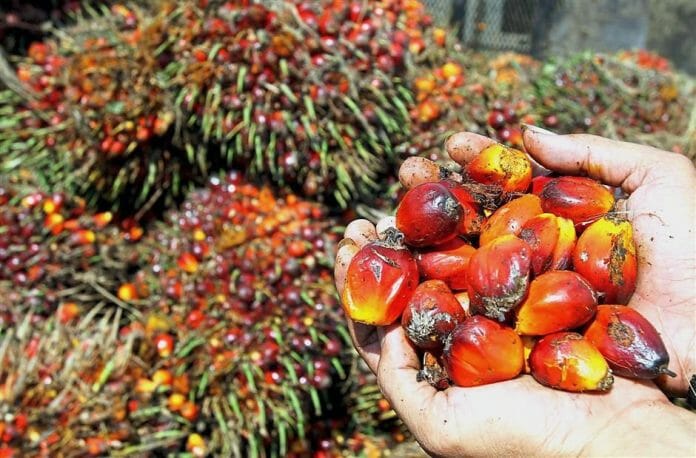The palm oil market is expected to show a slightly positive price trend going into 2024. Crude palm oil futures prices for the remainder of the year and into 2024 are projected to range between RM3,700/metric tonne (MT) and RM4,100/MT. The edible oils market is currently recovering from the substantial selling pressures witnessed in sunflower oil over the past few months. Seasonal production trends, hotter climate conditions, and increasing demand for biofuels are expected to exert upward pressure on palm oil prices.
Prices of edible oils have been volatile over the past couple of years driven by a combination of factors, including export restrictions, labour shortages, and the Russia-Ukraine conflict, resulting in a lower supply of edible oils. In 2022, the geopolitical conflict between Russia and Ukraine led to a global sunflower oil supply shortage, causing palm oil prices to reach record highs. In July 2022, the formation of the Black Sea Gain Initiative (BSGI) which allowed Ukraine to export sunflower oil through the Black Sea Region has resulted in a steady global supply of sunflower oil. For the marketing year ended August 31, 2023, Ukraine’s sunflower oil exports increased by 27.3% to 5.7 million MT, and due to its bountiful harvest of seed crop, Russia’s sunflower oil exports also increased by 28.6% to 4.1 million MT. This had led to sunflower oil prices dropping to below that of soybean oil, and in Europe, even experiencing discounts compared to palm oil prices; typically, sunflower oil prices trade above soybean oil, followed by palm oil prices.
Soybean oil, a key palm oil substitute and determinant of palm oil price, has also been affected by the El Niño weather conditions. The largest soybean producing country, Brazil, experienced dry weather in Mato Grosso and excessive rain in Parana which resulted in a slow pace of planting, with some areas potentially requiring replanting. These two regions combined account for around 40% of Brazil’s soybean production. As such, palm oil price will be supported by potential convergence with soybean oil price as discounts narrow amid uncertain soybean supply.
In the near term, supply constraints are expected to drive up palm oil prices. Typically, palm oil production declines after peaking in September or October, with the first quarter of the year having the lowest output. This seasonal trend of lower production will reduce palm oil inventories, exerting upward pressure on prices, especially in 1Q2024. Furthermore, El Niño’s hotter and drier weather conditions in Southeast Asia have impacted Indonesia, the largest palm oil producer. With El Niño’s impact on palm oil production typically seen at least a year later, production is expected to be reduced in 2H2024. Additionally, in the major palm oil–producing countries Malaysia and Indonesia (83% of global production as at Nov-2023), a stagnation in oil palm plantation area growth, shrinking areas of immature oil palm plantations, and unproductive mature trees will impede overall production growth.
On the demand side, usage of biodiesel will be a driving factor. Indonesia has implemented the mandatory usage of biodiesel with 35% of palm oil (B35) in the transportation sector. The Indonesian Palm Oil Association (GAPKI) expects the use of palm oil for biodiesel to exceed food consumption. For 2024, the United States Department of Agriculture (USDA) is forecasting global palm oil consumption to increase by 4.9% to 77.2 million MT. In addition, the Memorandums of Understanding (MoU) signed between China and Malaysia to secure palm oil supplies, will also support the demand for palm oil.
With the ongoing El Niño weather conditions, seasonal effects, and pricing differentials, crude palm oil prices are expected to trend slightly upwards in the near term. There are positive upside risks that may lead to prices being maintained above RM4,000/MT such as lower-than-expected soybean and sunflower seed production, as well as the technical convergence between palm oil and soybean prices which will narrow the discount gap. On the flip side, downside risks to these estimations include lower-than-expected demand from India and China, the loosening of Indonesia’s export restrictions, favourable weather conditions, and higher-than-expected production of edible oils.









